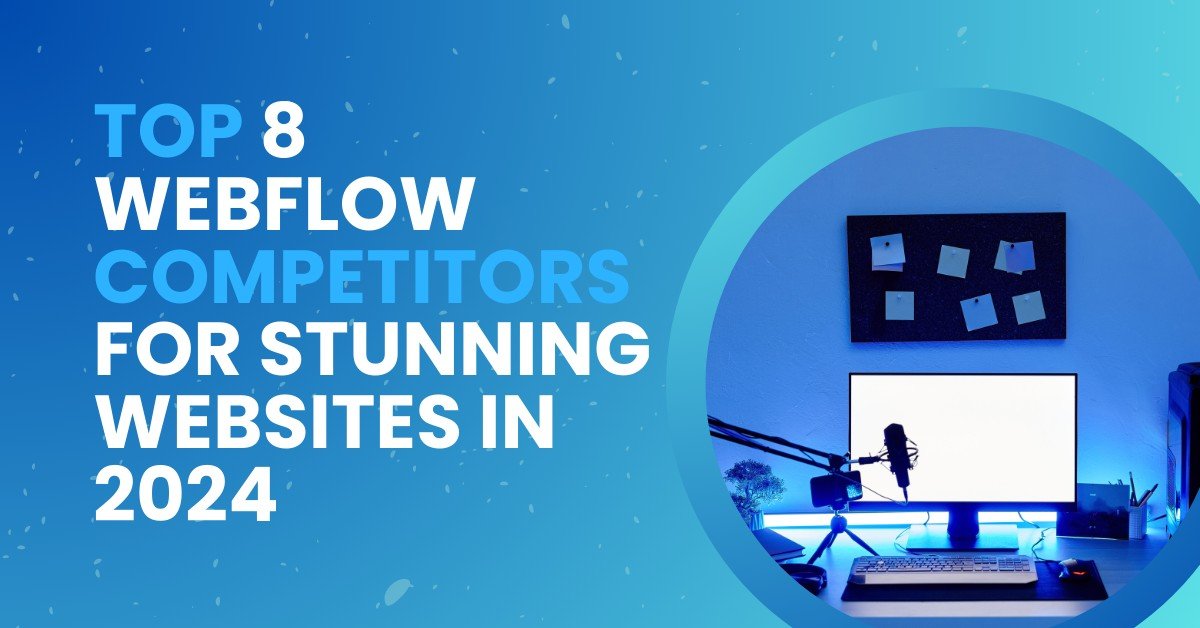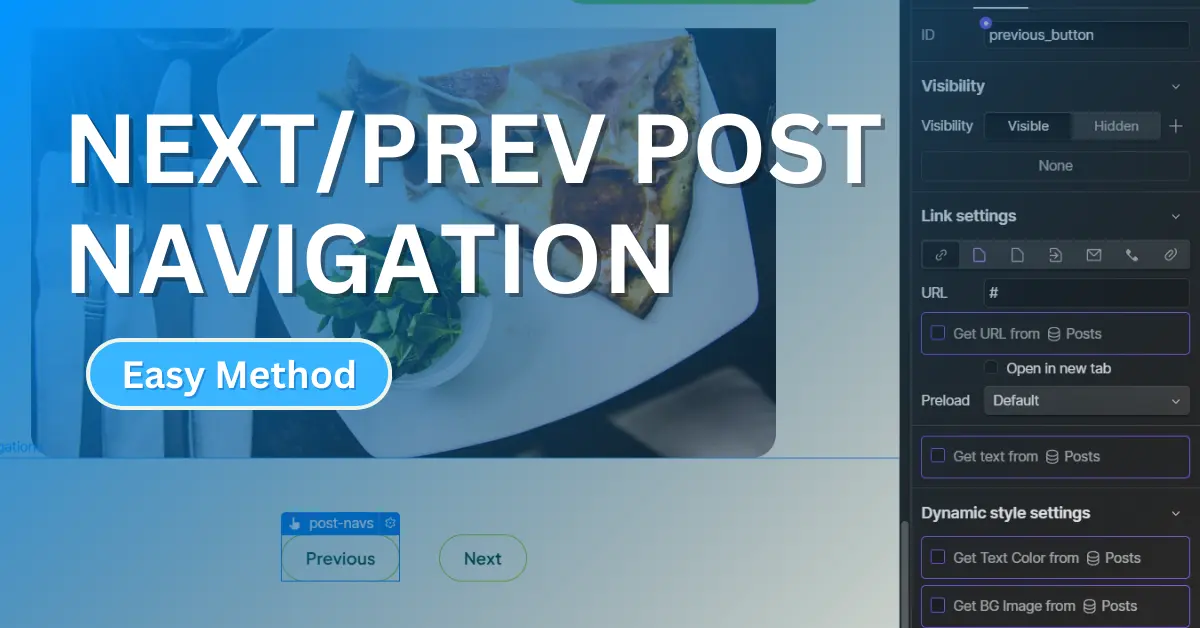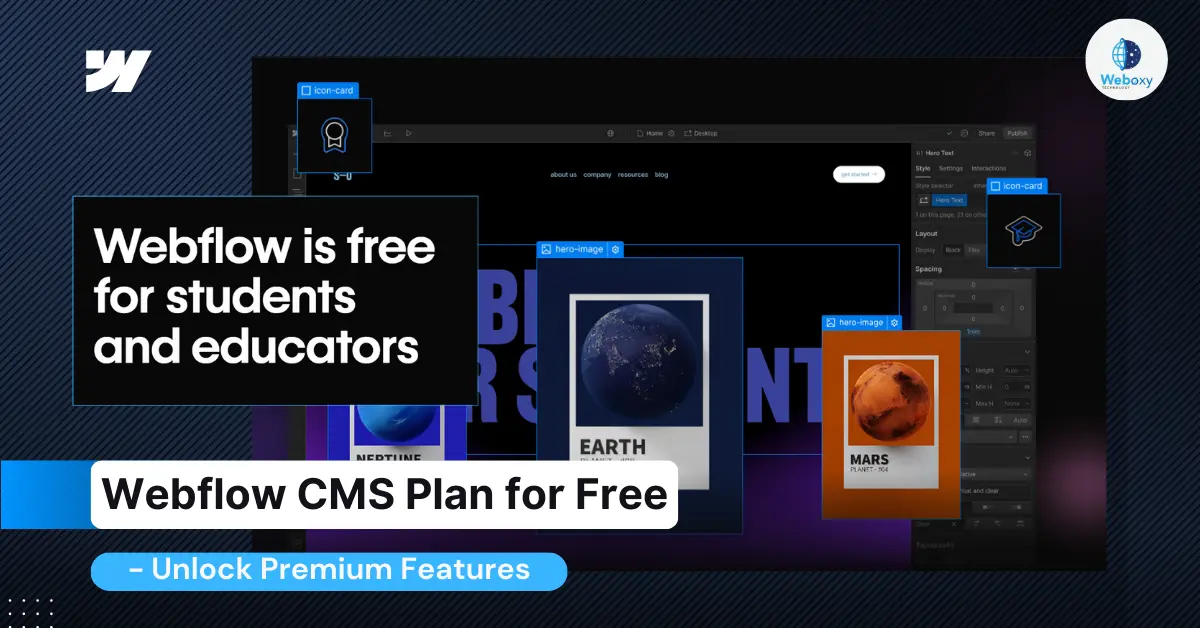By the way, Webflow is not very popular, holding only about 0.7-1.0 percent (~240,000 users) of the web development and CMS market. Its growth surged during the 2021-22 period of the COVID-19 pandemic. Nowadays, it faces stiff competition from other platforms that offer similar features with seamless performance.
This article delves into the Top 8 Webflow Competitors for Stunning Websites in 2024. We’ll explore the intense competition Webflow faces and why it’s being outperformed by these rising competitors.
Top 8 Webflow Competitors for Stunning Websites in 2024
1. Framer

Framer has emerged as one of the most formidable competitors to Webflow, offering seamless power in web development. It caters to professional prototyping and fulfills designers’ demands adeptly. By defying market trends and boasting powerful interaction capabilities, Framer has carved its niche. With its highly creative features and continuous growth, it’s steadily capturing the market.
Initially, Framer gained popularity compared to Webflow due to its lower price point, attracting a significant number of visitors. Its market share currently stands at 0.1-0.2 percent in the web development field. While Webflow is renowned for its benefits in e-commerce development, startups with limited budgets often find it challenging to afford Webflow.
Now, Framer has stepped up to meet these demands by providing solutions that surpass its competitors. It is beneficial for showcasing portfolios, creating highly engaging prototypes, and offering staging capabilities.
Framer Main Features
- Visual Design Editor
- Interactive Prototyping
- Responsive Layouts
- Code Integration
- Real-Time Collaboration
Win: Webflow
2. Bubble.io

Bubble.io is also a powerful web builder, attracting a larger audience than Webflow.
Bubble.io is a full-stack, no-code web and app builder, offering numerous integration features for marketing, lead generation, growth, and design.
Bubble.io surpasses Webflow by including advanced and professional features that are easily manageable by developers. It is beneficial for scalable businesses and allows users to manage databases effectively, meeting the demands of organizations and businesses.
Bubble.io mostly utilizes PostgreSQL for its database needs and relies on AWS hosting services. Developers can build custom logic, enable APIs, and manage workflows. It is highly customizable and suitable for web applications, making it highly sought after. Bubble.io is compatible with no-code builders and ideal for first-time app builders.
Bubble.io Main Features:
- Visual Programming
- Responsive Design
- Custom Workflows
- Plugin Marketplace
- Database Management
- API Integrations
- User Authentication
- Version Control
- Collaboration Tools
- Deployment Options
Lose: Webflow
3. Wix

Wix is another highly demanded no-code website builder, providing CMS, hosting, and web-building capabilities to create websites. It boasts a large customer base, with approximately 860,000 websites published on the internet by Wix users.
Wix also provides e-commerce capabilities and offers over 800 templates for beginners to help them stand out in the market. It has a much higher demand than Webflow and is quite popular.
Wix Main Features:
- Ease of Use
- Drag-and-Drop Editor
- Extensive Template Library
- SEO Tools
- App Market
- eCommerce Capabilities
- Mobile Optimization
- Built-in Hosting
Lose: Webflow
4. Shopify

Shopify is popular in the market due to its advanced e-commerce functionalities, making it one of the most popular website builders after WordPress. Webflow cannot compete with Shopify in terms of e-commerce capabilities. Shopify attracts a global audience and a vast customer base.
Shopify claims to be the number one web platform for e-commerce businesses, with 4.8 million websites on the internet. It is beginner-friendly, making it an excellent choice for e-commerce startups.
Shopify enables multiple sales channels and ensures high security with scalable capabilities. It provides analytics and reporting features in its premium plans and offers premium-built templates for enhanced customization.
Shopify Main Features:
- eCommerce Focus
- Multiple Sales Channels
- App Store
- Mobile Optimization
- Scalability
- Security and Reliability
- Community and Support
- Customization Options
- Marketing and SEO Tools
- Analytics and Reporting
Lose: Webflow
5. Square Space

Squarespace serves as a no-code web builder ideal for designers to showcase portfolios, online stores, blogs, and more for startup ventures. It offers sleek design customizations and supports third-party integrations for a wide range of features.
Certainly! Squarespace, while a notable contender in the web development market, is often considered a lesser competitor when compared to Webflow. Webflow has garnered a reputation for being a superior and higher-quality provider within the industry.
Its robust features, advanced customization options, and intuitive design interface set it apart from competitors like Squarespace.
Additionally, Webflow’s emphasis on empowering users to create complex websites without code has contributed to its popularity among designers and developers seeking more flexibility and control over their projects.
Win: Webflow
6. Weebly

Weebly offers a free solution for creating websites without the need for coding.
Weebly is known for its beginner-friendly drag-and-drop interface, while Webflow offers more advanced customization options that may have a steeper learning curve. Webflow is more coveted than Weebly in terms of SEO, CMS management, hosting, e-commerce, and marketing features.
Weebly, powered by Squarespace, is an e-commerce website builder that facilitates marketing, lead generation, and strategic growth.
With its intuitive interface and drag-and-drop tools, Weebly enables users to swiftly design and launch polished e-commerce websites. This complimentary feature caters to novices and cost-conscious individuals seeking to establish an online footprint without financial strain.
Weebly Main Features:
- Drag-and-Drop Website Builder
- Responsive Themes
- E-commerce Integration
- SEO Tools
- Integrated Marketing Tools
Win: Webflow
7. Hostinger

Hostinger is emerging as a notable competitor to Webflow. It offers an AI builder and is beginner-friendly with a drag-and-drop interface. Additionally, Hostinger provides a free domain name with its hosting plans.
In addition to its user-friendly website builder and complimentary domain offerings, Hostinger delivers a diverse range of hosting services tailored to various needs and budgets. From shared hosting for beginners to VPS and cloud hosting for more advanced users, Hostinger ensures that every customer finds a hosting solution that aligns with their requirements and preferences.
Hostinger boasts a simple interface tailored for beginners and offers high-speed performance, especially in e-commerce setups. However, Webflow enjoys a larger market presence and financial backing compared to Hostinger.
Here’s a bonus: you can apply for hosting at low prices.
Win: Webflow
8. Carrd

Carrd is a no-code builder known for its popularity in creating single-page sites at no cost. Its appeal lies in its free service, but it lacks the expansive scalability found in Webflow.
Webflow delivers superior quality and customization compared to Carrd, albeit at a cost-effective rate. Carrd is typically used for showcasing minimal content sites, such as social profiles for sharing, while Webflow is renowned for its highly professional and polished designs.
Carrd is not only a solution for single-page web pages but also offers a convenient way to showcase minimal content, such as social profiles, in a streamlined manner.
Win: Webflow
Conclusion:
Webflow remains a strong contender in the market, attracting audiences with its ability to create stunning websites. It is ideal for organizations, portfolios, and agency websites. However, for more custom features, consider alternatives like Bubble.io, and for e-commerce needs, Shopify is a great choice.
Ready to transform your online presence with Webflow? Contact Weboxy Technology, a leading Webflow development agency, for stunning, high-performing websites that captivate your audience!




